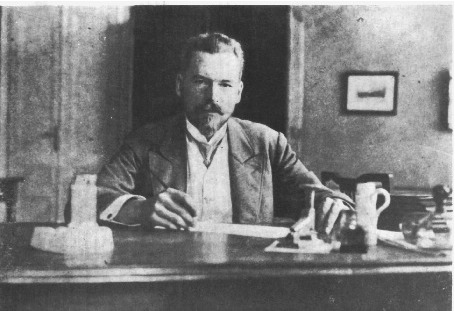Speaker
Description
The heat exchange fluctuation theorem (XFT) by Jarzynski and Wojcik [Phys. Rev. Lett. 92, 230602 (2004)] addresses the setting where two systems with different temperatures are brought in thermal contact at time $t=0$ and then disconnected at later time $\tau$. The theorem asserts that the probability of an anomalous heat flux (from cold to hot), while nonzero, is exponentially smaller than the probability of the corresponding normal flux (from hot to cold). As a result, the average heat flux is always normal. In that way, the theorem demonstrates how irreversible heat transfer, observed on the macroscopic scale, emerges from the underlying reversible dynamics. The XFT was proved under the assumption that the coupling work required to connect and then disconnect the systems is small compared to the change of the internal energies of the systems. We examine the validity of this assumption for a specific model of the Caldeira-Leggett type, where one system is a classical harmonic oscillator and the other is a thermal bath comprised of a large number of oscillators. The coupling between the system and the bath, which is bilinear, is instantaneously turned on at $t=0$ and turned off at $t=\tau$. For that model, we found that the assumptions of the XFT are not satisfied for lower values of the oscillator frequency and also for smaller values of the process duration $\tau$. In that cases the coupling work is not negligible and the average heat exchange may be anomalous in the sense that the internal energy of a hotter (colder) system may increase (decrease).

